We independently evaluate all recommended products and services. If you click on links we provide, we may receive compensation.
In a famous Gilmore Girls episode, Lorelai Gilmore says that having a spa day is the closest any human will come to living like a dog — and she’s not wrong. The pampering, scrubbing, and massaging are enough to unwind even the most stressed out of us. Recently, I had a spa experience that involved dry brushing, and I have to say, it was even more relaxing than getting a massage. There was something about the feel of the brush on every inch of my skin that felt like the perfect mix of exfoliating and massage; it was like scratching a stubborn itch I didn’t even know I had in the best way.
Plus, once the session was over, I was left with the most supple, smooth dermis that was free of dead skin buildup. It was even glowing after the application of oils and lotions that comes with the service. So I know dry brushing felt great, but as an added bonus, I learned it can actually be good for your health, too. Here’s everything you need to know about dry brushing and how you can incorporate the practice into your everyday routine at home.
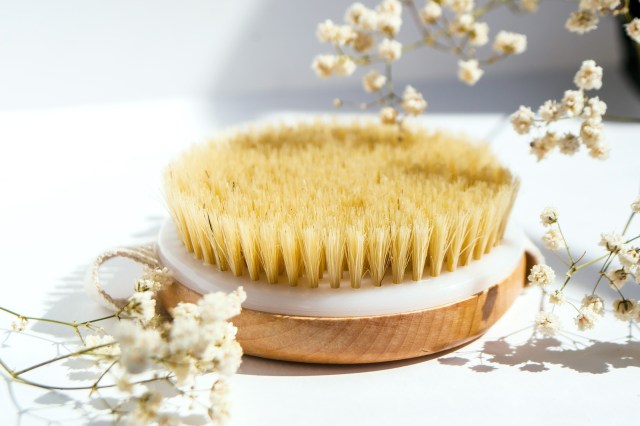
What Is Dry Brushing?
Dry brushing is a form of mechanical exfoliation used on dry skin that, according to celebrity esthetician Taylor Worden, “helps to stimulate the lymphatic system, boost circulation, and can lightly exfoliate the skin.” A mechanical exfoliator is one that’s done with a tool instead of a chemical serum, such as BHAs and AHAs found in skin care. The idea is that by running the dry brush in upward, circular motions across the skin, you are sloughing off the outermost layer of dead skin cells, while stimulating the lymphatic system at the same time.
In case you’re unfamiliar with the lymphatic system, it’s essentially all about circulation. The lymphatic system includes organs, tissues, and vessels that keep our bodies functioning properly for optimal health. With dry brushing, you’re massaging the lymphatic system, which may help increase blood flow, reduce inflammation and swelling, and lower stress levels, though more studies need to be done. As of now, the only confirmed benefit of dry brushing is exfoliation, and that might be worth it alone.
During the treatment, you don’t wet the skin at all while brushing. (Oils and lotions usually come after as part of the massage.) Typically, you use a brush with natural fiber bristles. If you’re unsure, there are many brushes labeled for use as dry brushes.
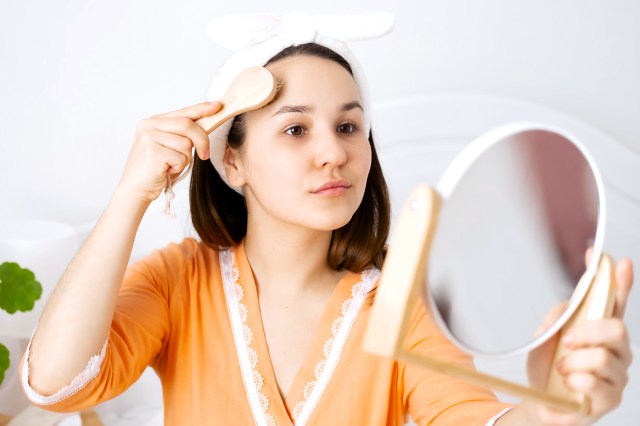
Who Should Avoid Dry Brushing
Worden notes that dry brushing is generally safe for most people. However, if you have a skin condition (such as eczema or psoriasis) that you’re worried about irritating, check with your dermatologist before dry brushing to see if it’s a good solution for your skin and health goals. Additionally, Worden says, “If you have any open wounds, you shouldn’t dry brush to avoid irritation and infection.”
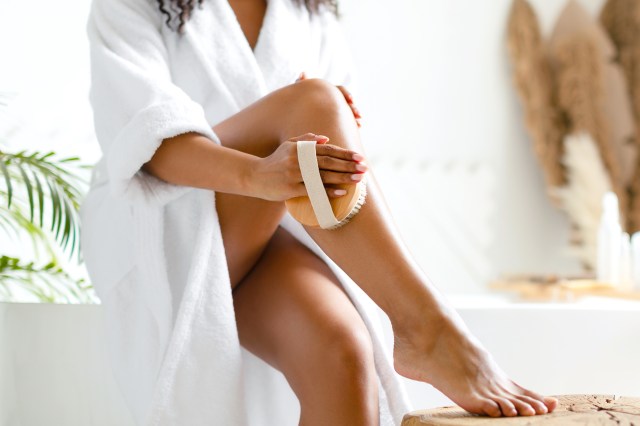
How To Dry Brush at Home
Dry brushing is simple and can be done at home as part of your routine body care practice. You don’t have to spend big bucks at the spa. Treat dry brushing like you do any other form of exfoliation; meaning, you can do it one to three times a week, depending on your skin’s sensitivity, or as needed, according to the American Academy of Dermatology Association.
- Remove your clothes and find a comfortable area. Going to your bathroom to dry brush is a great idea, since you’ll be hopping in the shower afterward.
- Start at your feet and work upward. “Take your dry brush and start from your feet and work your way to your head, always stroking upward,” Worden explains. When you hit your stomach, you can stroke moving upward in a clockwise motion, she adds. In general, it’s a good idea to focus on a single area (like the bottom half of your leg) for around 30 seconds before moving up.
- Make sure to scrub all areas of the body, including your buttocks. You can choose to stay away from sensitive areas such as breasts and nipples if that feels more comfortable.
- Stop at the neck and don’t dry brush your face.
- Hop in the shower and do your normal cleansing routine.
- After the shower, lock moisture into the limbs and areas you dry brushed by using an oil or lotion, Worden says.
- Wash your dry brush. Not washing your brush could cause an increase in bacteria, which would make you more susceptible to infections. Use warm soap and water and let it air dry for your next use.
This article is for general informational purposes only.
Affiliate Disclaimer Medical Disclaimer



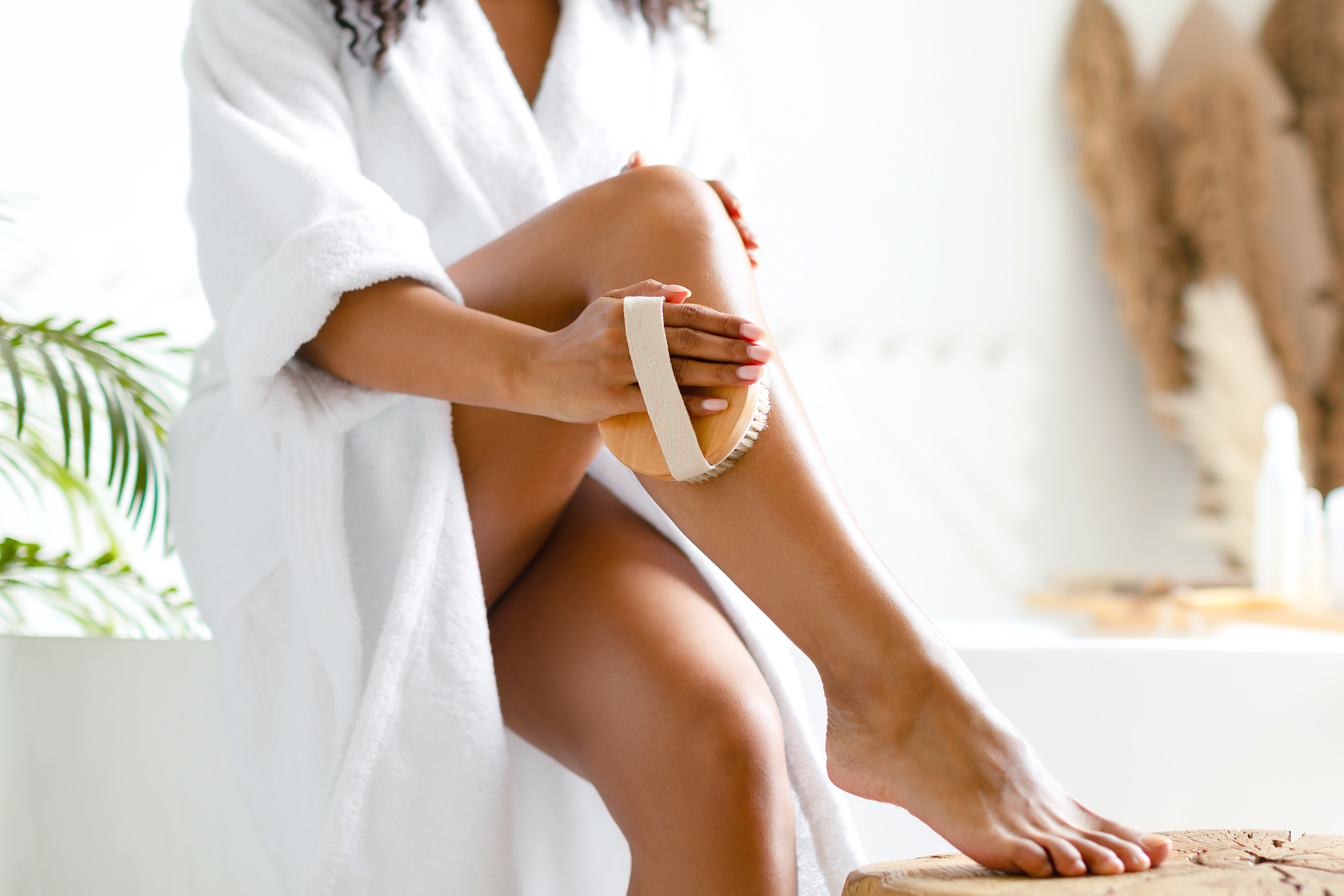

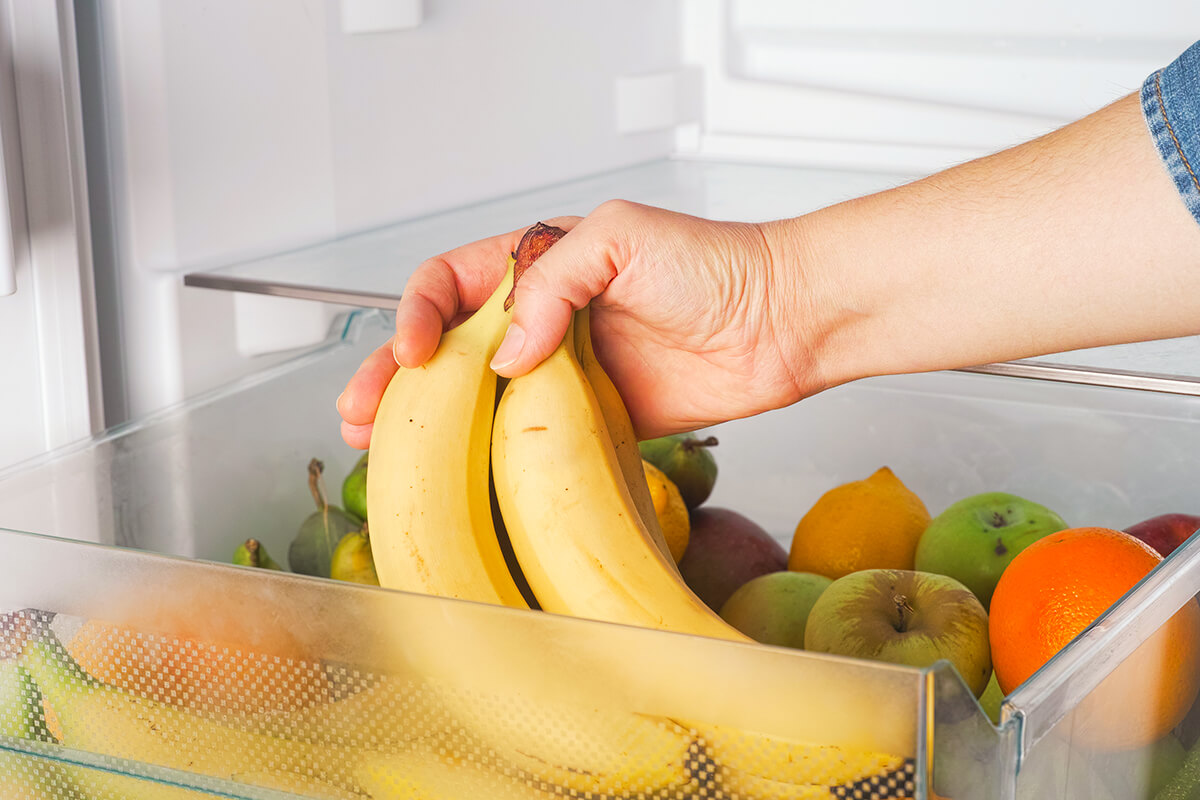

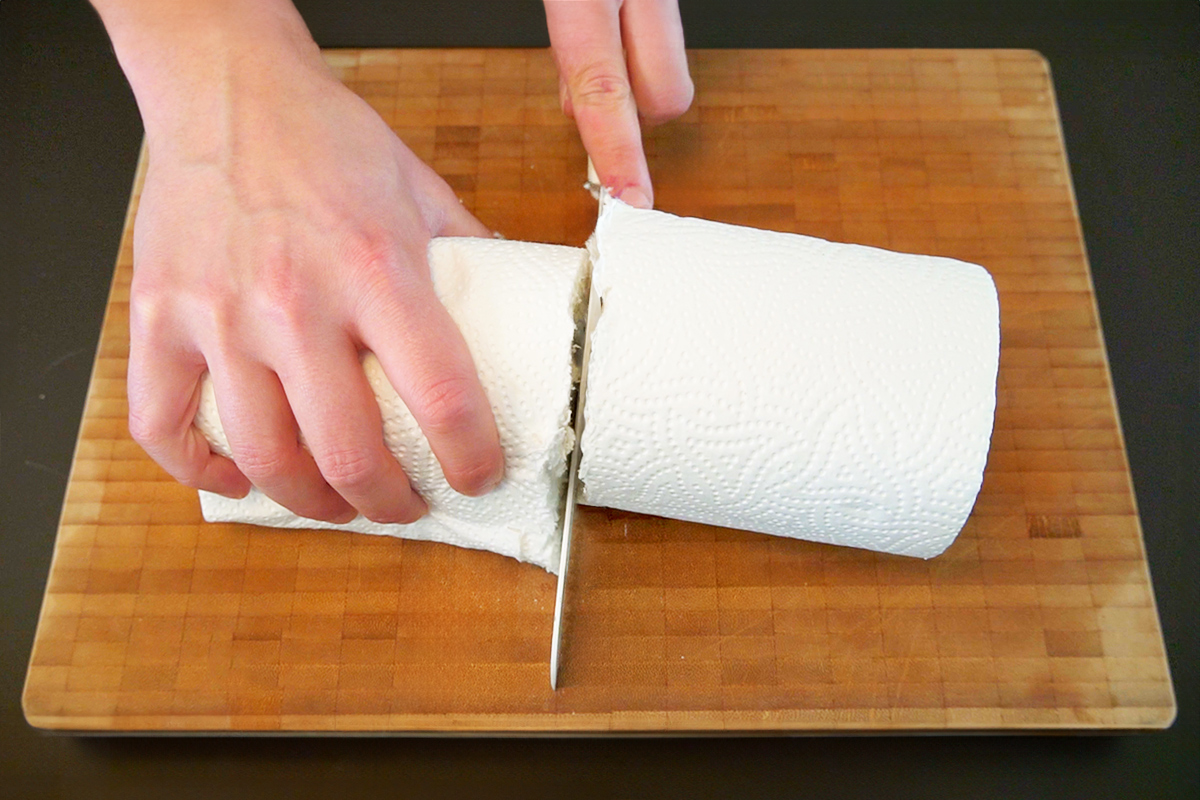
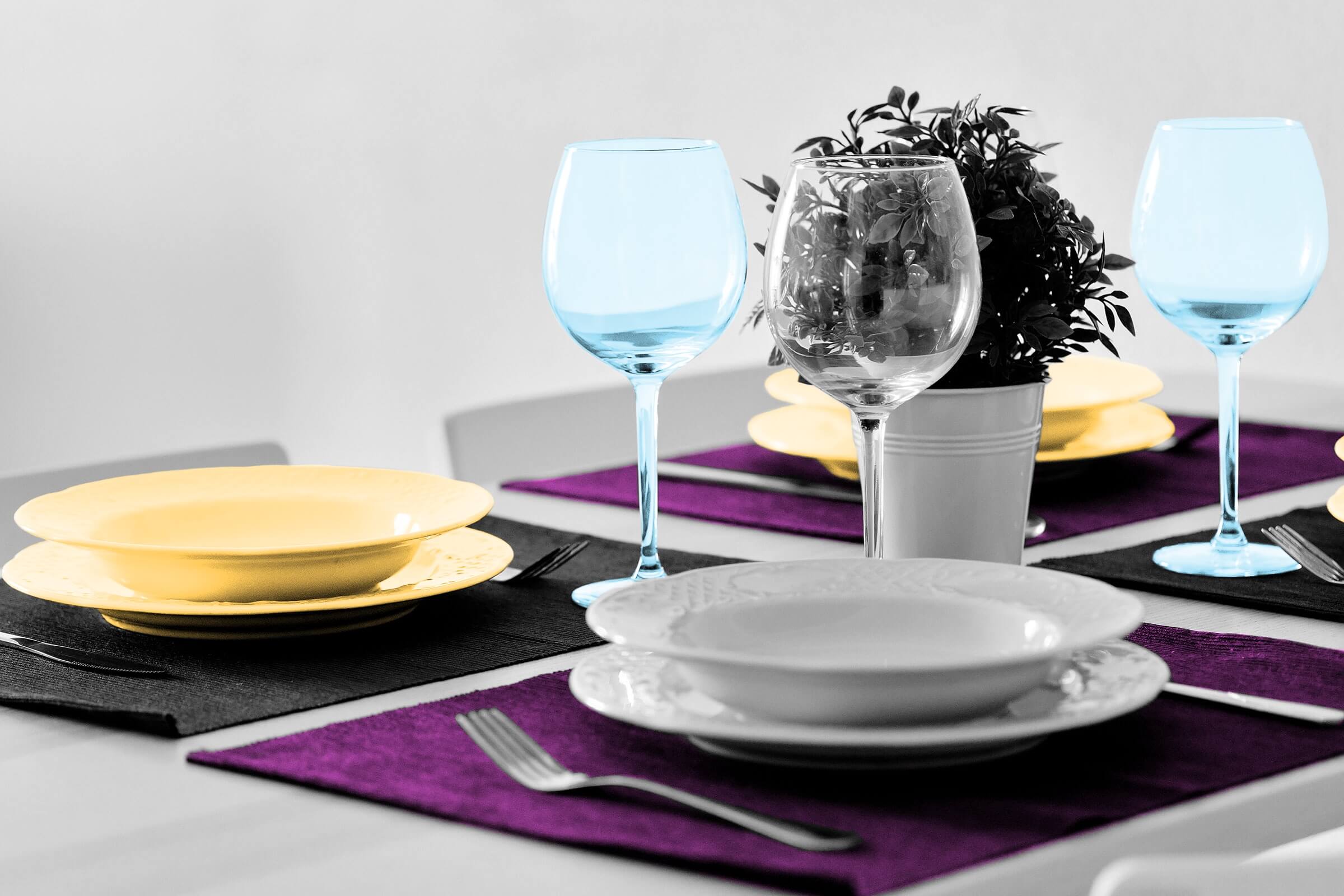
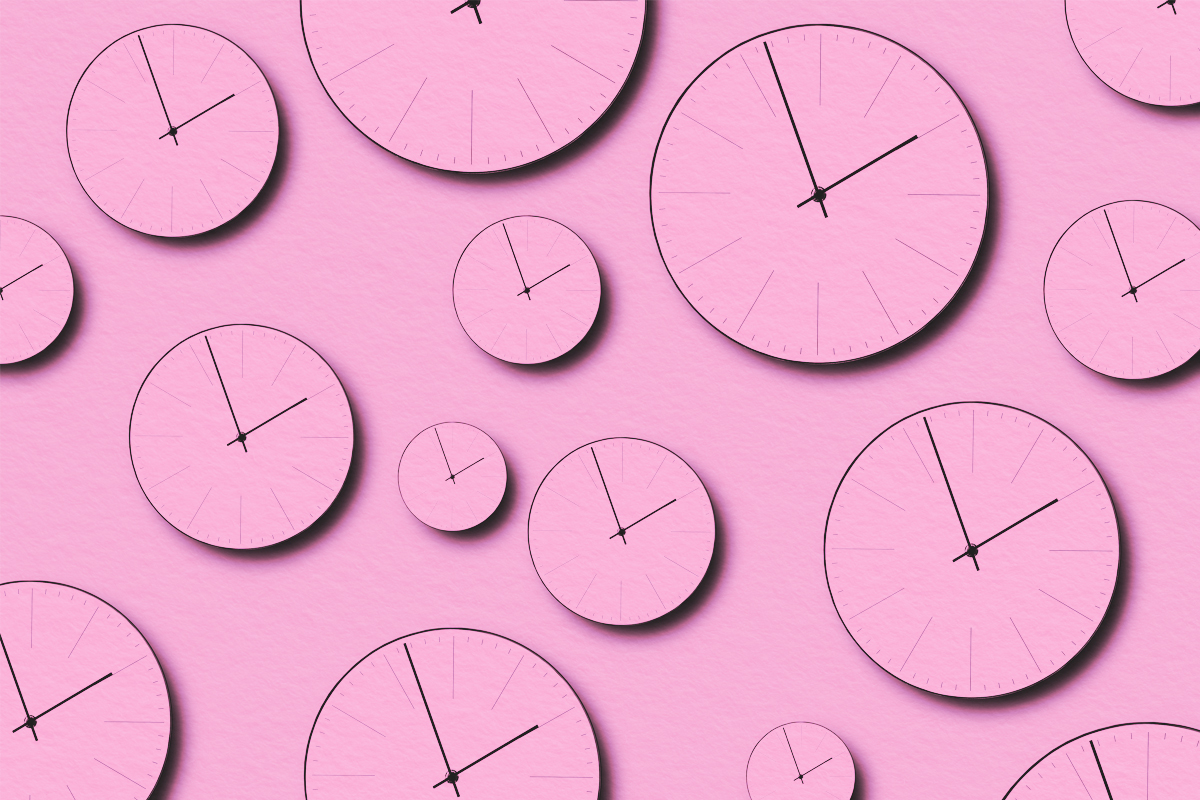
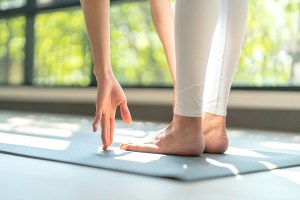


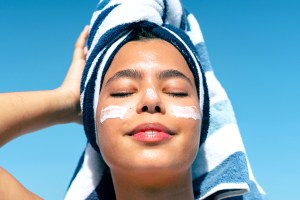


 Unique Beauty is free for all users.
Unique Beauty is free for all users.